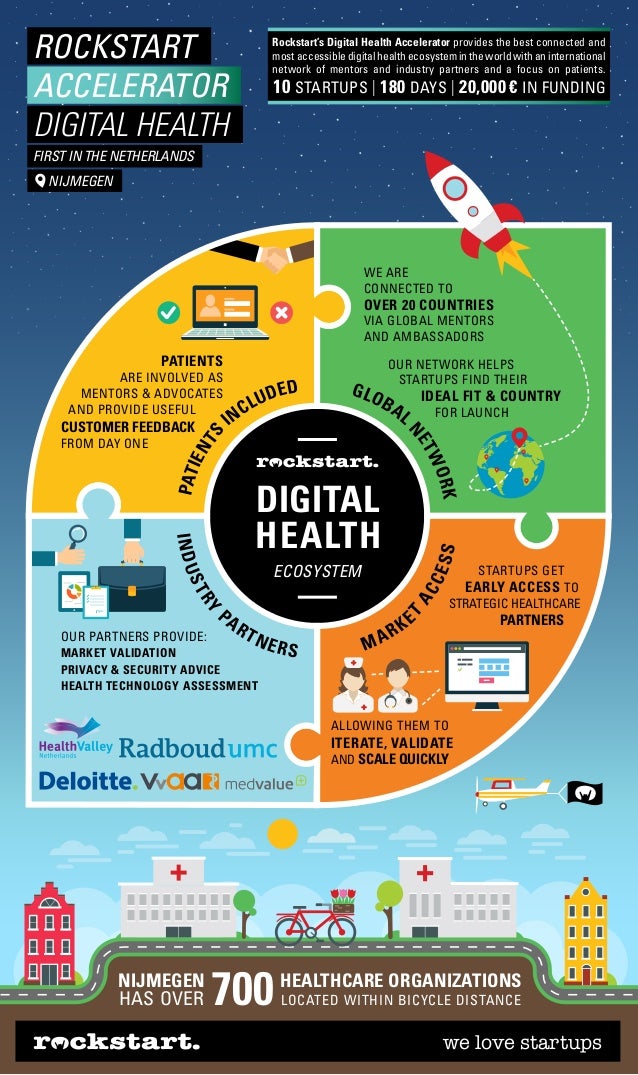We're Here To Review Surgical Solutions For Rupture Types

Material Writer-Eaton Cortez
* Inguinal hernia: An outcropping of tissue through a weakened location in the stomach wall, often on one side of the groin.
* Hiatal hernia: A protrusion of the stomach with the diaphragm and right into the chest dental caries.
* Umbilical hernia: A bulge near the belly switch that happens when a weakened area in the abdominal wall surface enables fat or various other cells to press via.
* Ventral rupture: A bulge that takes place when a weakened location in the abdominal wall permits fat or various other tissue to push through, typically near a previous medical incision.
* Incisional hernia: A lump that happens when a damaged area in the stomach wall allows fat or other cells to push through, typically near a previous surgical laceration.
It is very important to keep in mind that not all ruptures require surgical procedure, but these types do. If you suspect you have a rupture, it is necessary to consult a health care specialist for appropriate medical diagnosis and therapy.
So, you have actually been experiencing some discomfort lately, and after a detailed evaluation, your medical professional has actually established that you have a rupture. Now, before you begin panicking, it is essential to recognize that not all ruptures need medical treatment.
However, there are specific types that do, and that's what we're right here to go over. From inguinal ruptures to umbilical hernias and even hiatal ruptures, every one offers its own distinct challenges and considerations.
However let's not be successful of ourselves right now. We'll dive into the specifics quickly enough.
Inguinal Ruptures
If you're experiencing discomfort and discomfort in your groin area, you may have an inguinal rupture that calls for surgical intervention. An inguinal rupture takes place when a part of the intestine or fat presses via a vulnerable point in the inguinal canal, which is located in the reduced abdomen.
This sort of rupture is a lot more common in guys than females and can be brought on by factors such as hefty lifting, straining during defecation, or persistent coughing. Signs of an inguinal rupture consist of a lump in the groin area, pain or discomfort when coughing or lifting, and a sensation of pressure or weakness in the groin.
If left neglected, https://www.cnn.com/2019/01/15/politics/rand-paul-canada-surgery/index.html can bring about complications such as digestive tract blockage or strangulation, which is why medical treatment is required to fix the rupture and avoid further difficulties.
Umbilical Hernias
Do you understand what an umbilical rupture is and exactly how it can be treated surgically?
An umbilical hernia takes place when a part of the intestine or abdominal cells protrudes with a vulnerable point in the abdominal wall near the belly button.
If you can find out more have an umbilical rupture that needs medical intervention, right here are 3 treatment choices to consider:
- Hernia fixing surgical treatment: This is one of the most usual treatment for umbilical hernias. During the treatment, the cosmetic surgeon will make a cut near the hernia and push the sticking out tissue back into location. They'll then enhance the stomach wall surface making use of stitches or a mesh patch.
- Laparoscopic surgical procedure: In many cases, a minimally invasive technique called laparoscopic surgery might be made use of. This strategy includes making small lacerations and making use of an electronic camera and specialized devices to repair the rupture.
- Open up surgical procedure: In even more complicated situations, open surgical procedure might be needed. This includes making a bigger cut to accessibility and fix the hernia.
Hiatal Hernias
A hiatal rupture occurs when part of the tummy sticks out with the diaphragm into the chest dental caries. This type of hernia is fairly typical and commonly calls for surgical treatment.
Hiatal ruptures can be identified right into 2 main kinds: moving and paraesophageal hernias. Sliding ruptures are one of the most common and take place when the lower part of the esophagus and the top of the stomach slide up into the breast via the respite, a tiny opening in the diaphragm.
On the other hand, paraesophageal hernias are much less typical but more serious. In this kind, a section of the tummy pushes through the hiatus together with the esophagus, causing prospective problems like gastric volvulus or strangulation.
Surgical repair work is normally essential to treat hiatal hernias and alleviate symptoms such as heartburn, chest pain, and problem swallowing.
Conclusion
So there you have it, the different kinds of hernias that need medical treatment.
One instance of a rupture case that needed surgical procedure is John, a 45-year-old man who struggled with an inguinal rupture. In spite of his initial pain and concern, John went with medical treatment.
The procedure achieved success, and he experienced a full recovery, enabling him to go back to his normal tasks with no further difficulties.
Bear in mind, it is necessary to seek advice from a health care expert if you suspect you might have a rupture that requires surgical therapy.

